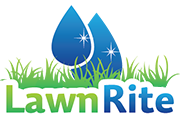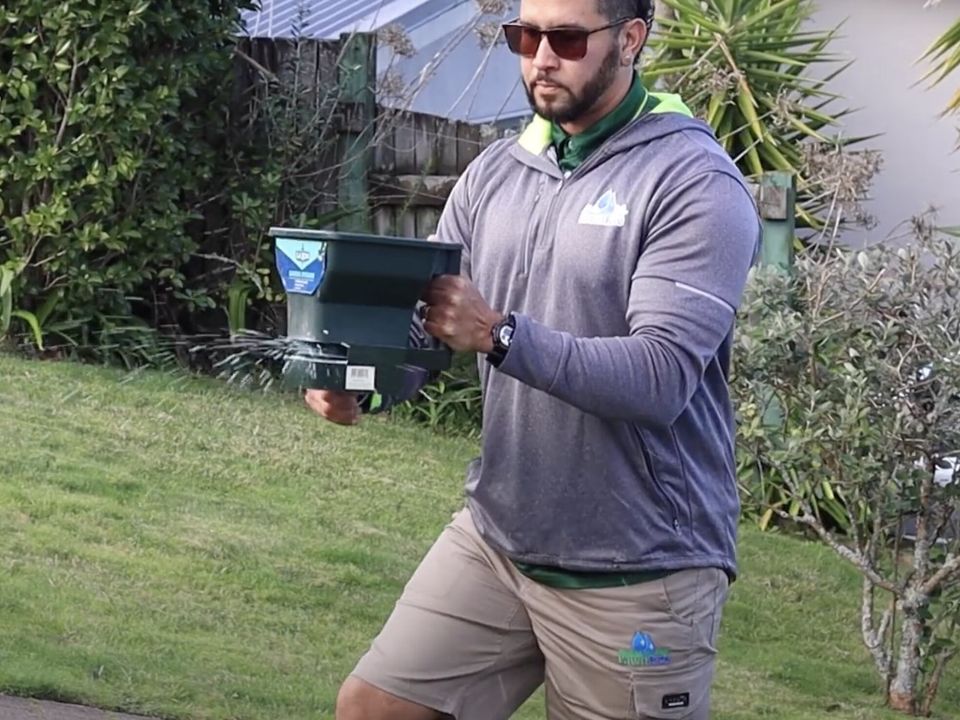Good Plant Health Depends on the Right Nutrients
Date: 13 Jun 2024
While many believe fertilisation isn't essential, the truth is that to achieve optimal health and longevity for your plants, trees, and turf, ensuring they receive the right nutrients is crucial. Fertiliser is a key component of a comprehensive plant health program. To shed light on this, we consulted with our expert in horticulture and agronomy, Greg Hutson, to share his insights.
Lawn Rite Expert Cameron Ryan Shares His Expertise
Cameron Ryan joined the Lawn Rite team in 2020 and has been advising Lawn Rite franchisees across New Zealand ever since. To say he’s experienced is an understatement. According to Cameron, "I was in the franchise business for a little over 10 years. Lawns should regularly maintained, so there’s not much I haven’t done with control products—fertilisers, fungicides, herbicides, and insecticides. The whole job basically involves growing lawns and gardens and managing it, so you really have to understand turf grasses, fertilisers, and the soil to be successful in that industry." Cameron is also well-versed in irrigation and has literally created golf greens from the drains and pea gravel all the way up.
Defining Integrated Pest Management
Thanks to his industry experience, Cameron is incredibly knowledgeable in IPM (Integrated Pest Management). According to MPI , IPM is “a sustainable approach to managing pests by combining biological, cultural, physical, and chemical tools in a way that minimises economic, health, and environmental risks.” Cameron provides invaluable guidance to Lawn Rite franchise owner-operators, which translates to healthier grass, trees, shrubs, and flowers, higher environmental sustainability, stronger customer loyalty, and a more beautiful community—all part of the Lawn Rite mission.
Understanding the Impact of IPM
Incorporating IPM into your landscaping plan ensures the health of landscape elements while minimising the use of products and practices that create risks to health and the environment. As Cameron explained, “A healthy, growing turf creates a barrier for weeds; when there’s bare dirt, a weed will be the first thing to germinate because weeds can grow in compacted soils, clay soils, wet soils—they’re weeds because they can grow anywhere. A good, professional agronomic program is the best defense against weeds and disease.”
Maintaining a healthy landscape starts with understanding what your grass and other greenery need to grow and thrive. Knowing your soil is critical to the process.
The Soil Is Where It All Begins
The first step in determining what existing plantings need, as well as which types of grass, trees, plants, and flowers will do best on your grounds, is to find out what kind of soil you have. Cameron explains, “Soils are very important. Agronomics is the study of soils and how plants react in different types of soil. You’re going to pick plants that are native and do well in the soils that you’re dealing with.” With his experience in building golf greens, Cameron knows that creating a new soil profile can be costly and intensive, so it’s easier to choose compatible plants instead.
Testing the soil involves using a soil probe to take samples from various locations throughout the property and sending them to a testing facility for analysis. The results will show pH levels and nutrient levels in your soil, which will aid in choosing new plantings and identifying nutrient deficiencies contributing to unhealthy plants.
Soil testing every few years (yearly in areas with heavy rainfall) ensures that the pH remains optimal and that your grass and plants receive the right nutrition. This approach prevents major expenses and provides a foundation for maintaining landscape health.
Is Fertiliser Really Necessary?
The short answer is a resounding yes! Proper fertilizer use is crucial in an effective agronomic program. Soil provides the nutrients every plant needs, so if the soil lacks these nutrients, they must be added. However, adding too much of a nutrient can have adverse effects.
Cameron provided a great explanation of fertiliser labels: “When you look at a fertiliser label, you will typically see three numbers like 16-4-8. These numbers refer to the analysis of the fertiliser or the minimum amounts of Nitrogen (N), Phosphorous (P), and Potassium (K) in the product.
- N promotes growth and chlorophyll production.
- P promotes root growth and seedling development.
- K increases plant stress tolerance.
Fertilisers may also contain micronutrients such as iron, manganese, or zinc, essential for plant growth and health.”
Proper Application of Fertiliser Can Make All the Difference
Knowing the amount of Nitrogen, Phosphorous, and Potassium, as well as the necessary micronutrients, determines which product to use. Proper application is crucial, including timing and using the right fertilizer blend. Promoting growth during dormancy can stress and injure plants. Soil temperature is also critical, depending on whether it’s a cool or warm-season plant.
Knowing soil type, plant life cycles, and physiology is crucial to proper fertilization and overall plant health.
Your Commercial Landscape Management Is Best Left to the Professionals
With all this complexity, it makes sense to leave the health of your sod, plants, and trees to professionals. Lawn Rite can create a professional agronomic and horticultural management program for your commercial grounds, whether you have properties in Auckland, Hamilton or Christchurch or throughout New Zealand. Contact us today, and we’ll treat your turf like it’s our lawn.
Back...
